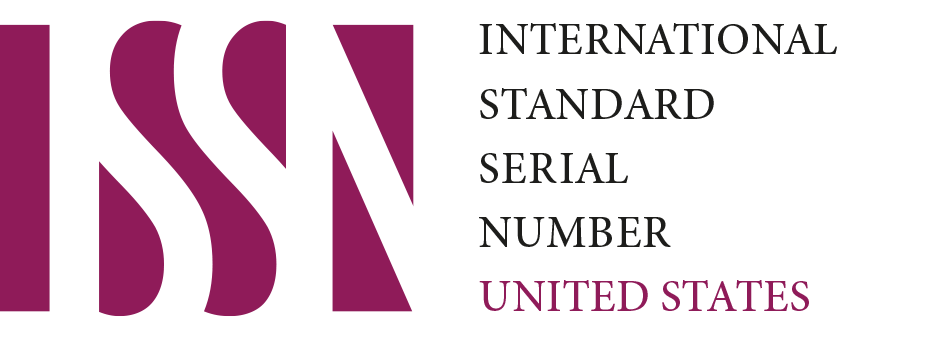Potensi Bisnis Hotel sebagai Trend Staycation dalam Mendukung Pertumbuhan Sektor Pariwisata di Indonesia
DOI:
https://doi.org/10.61404/jimi.v1i2.100Keywords:
Tourism and Hospitality Industry, Hotel, StaycationAbstract
The Covid-19 pandemic affected many sectors, including the hospitality, the businesses of travel, food and drink, and entertainment services. Even the future of tourism is seen with pessimism, particularly in places where it is the main industry and where growth is planned. This may incentivize the travel and hospitality sector, particularly the hotel sector, to explore for strategies to weather the Covid-19 pandemic. This research uses a literature survey method. This method helps understand the relevance of new research and its relationship with previous research, identifying all previous scientific literature, including books, journal articles and theses, relating to the potential of the hotel business as a Staycation trend. This research aims to determine the potential of the hotel business as a Staycation trend. The research results show that 4-star and 3-star hotels differ in their understanding and application of the terms Daycation and Staycation, which mean a holiday of one day or a maximum of eight hours, however two out of five hotels still use the term Staycation even though the holiday is less than eight hours. During the pandemic, the term Staycation is also used. The findings indicate that it is important to maintain or improve hotel products and the use of digital marketing, especially social media, and continue to innovate to maintain a good image which relate to the prospects of the hotel business as a holiday style.
Downloads
References
Annur, Cindy Mutia. “Tingkat Hunian Hotel Bintang Indonesia Menurun Pada Agustus 2023.” Databoks. Last modified October 5, 2023. https://databoks.katadata.co.id/datapublish/2023/10/05/tingkat-hunian-hotel-bintang-indonesia-menurun-pada-agustus-2023.
Bloom, J De, J Nawijn, S Geurts, U Kinnunen, and K Korpela. “Holiday Travel, Staycations, and Subjective Well-Being.” Journal of Sustainable Tourism 25, no. 4 (2017): 573–588. https://www.tandfonline.com/doi/abs/10.1080/09669582.2016.1229323.
Data Indonesia. “Kunjungan Wisatawan Nusantara Meningkat 19,82% Pada 2022.” Dataindonesia.Id. Last modified May 4, 2023. Accessed December 10, 2023. https://dataindonesia.id/pariwisata/detail/ada-73486-juta-kunjungan-wisatawan-nusantara-pada-2022.
Faradila, N. “Penerapan Digital Marketing Pada Keputusan Pemesanan Kamar Hotel.” Jurnal Ekonomi dan Manajemen 2, no. 2 (2023): 109–115. https://journal.admi.or.id/index.php/JEKMA/article/view/617/859.
Islahuddin, I, and M. A. M Salim. “Staycation Inovasi Produk Untuk Meningkatkan Daya Saing Industri Perhotelan Di Era Adaptasi Kebiasaan Baru Perspektif Manajemen Pendidikan.” Jambura Journal of Educational Management (2022): 127–151. https://ejournal-fip-ung.ac.id/ojs/index.php/JJEM/article/view/2253/568.
Jeuring, J. H. G, and T Haartsen. “The Challenge of Proximity: The (Un) Attractiveness of Near-Home Tourism Destinations.” Tourism Geographies 19, no. 1 (2017): 118–141. https://www.tandfonline.com/doi/epdf/10.1080/14616688.2016.1175024?needAccess=true.
Kusuma, A. W, I Ariyani, and R. S Dewi. “Perancangan Interior Hotel Artotel Yogyakarta Dengan Menerapkan Konsep ‘Staycation Into Art.’” Journal Of Contemporary Indonesian Art 9, no. 1 (2023). https://journal.isi.ac.id/index.php/jcia/article/view/8224/3105.
Milohnić, I, J. Cvelić Bonifačić, and I Licul. “Transformation of Camping Into Glamping – Trends and Perspectives” 5 (2019): 457–473. https://www.proquest.com/openview/e90eab2f95b964fd02fd9240aec18397/1.pdf?pq-origsite=gscholar&cbl=1936348.
Molz, J Germann. “Representing Pace in Tourism Mobilities: Staycations, Slow Travel and the Amazing Race.” Journal of Tourism and Cultural Change 7, no. 4 (2009): 270–286. https://www.tandfonline.com/doi/abs/10.1080/14766820903464242.
Nugroho, N. F, and J. J Afgani. “Kajian Konsep Arsitektur Bioklimatik Pada Bangunan Hotel Resort (Studi Kasus Hainan Blue Bay Westin).” Purwarupa Jurnal Arsitektur 7, no. 1 (2023): 21–26. https://jurnal.umj.ac.id/index.php/purwarupa/article/view/15804/pdf.
Paramita, I. B. G, and I. G. G. P. A Putra. “New Normal Bagi Pariwisata Bali Di Masa Pandemi Covid 19.” Pariwisata Budaya: Jurnal Ilmiah Agama Dan Budaya 5, no. 1 (2020): 57–65. https://ejournal.ihdn.ac.id/index.php/PB/article/view/1723/1455.
Pawloska-Legwand, A, and Matoga, L. “Staycation as a Way of Spending Free Time by City Dwellers: Examples of Tourism Products Created by Local Action Groups in Lesser Poland Woiwodeship in Response to a New Trend in Tourism.” World Sci. News 51 (2016): 4–12. http://www.worldscientificnews.com/wp-content/uploads/2016/01/WSN-51-2016-1-9.pdf.
Putri, B. A, and L. P Mahyuni. “Terobosan Pengelolaan Hotel Rimbun Canggu Untuk Dapat Bertahan Di Tengah Pandemi Covid-19.” Jurnal Dinamika Pengabdian (Jdp) 7, no. 2 (2022): 361–372. https://journal.unhas.ac.id/index.php/jdp/article/view/13172
Thomas, K, and J Scott. “Culture Kent Research - Report 1 Audit of the Cultural Tourism Landscape” (January 2017).
We, D. “Why Do We Fly ?” Chalmers University of Technology (2006).
Zed, Mestika. Metode Penelitian Kepustakaan. Jakarta: Yayasan Obor Indonesia, 2008.
Downloads
Published
How to Cite
Issue
Section
License
Copyright (c) 2023 Sesde Seharja, Giska Hitto, Andin Rusmini

This work is licensed under a Creative Commons Attribution-ShareAlike 4.0 International License.













